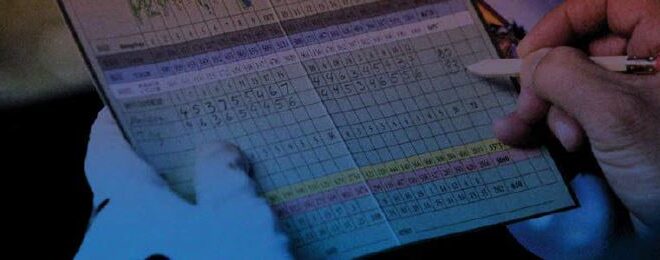The Truth Behind those Tournament Scores

The concept of a tournament has differing connotations for different people. Some golfers get sweaty palms and jangled nerves, while others seem to rise to the top and excel.
The USGA Handicap System™ looks at scores identified with a T, for Tournament, to see if outstanding performance exists. As part of the calculation at each revision, Section 10-3, Reduction of Handicap Index Based on Exceptional Tournament Scores, is automatically checked for.
There is quite a bit of math involved, but SCGA members with at least two eligible tournament score Handicap Differentials (either made within the last 12 months or within the player’s current 20-score history) of at least 3.0 better than the normal Handicap Index® calculation via Section 10-2 are subject to the procedure and its computation.
Lots of functions are called tournaments, so the USGA provides recommendations on what to identify as a Tournament Score for handicap purposes. With it being early in the year, Handicap Committees and Tournament Committees at clubs should work together to determine which rounds will get the tournament score designation for 2014.
Important events are the focus. These groups will do their best to communicate to members/participants which scores will be identified as T-scores, often acknowledging this in Conditions of Competition or Notices to Competitors, or even a Rules sheet. Usually this information includes whether the committee is going to post the scores for the event on behalf of the contestants or whether the individual player will be required to post and designate the score as a tournament score on their own.
Any golfer who has been impacted by Section 10-3 will have an R designation next to their Handicap Index. This is part of the USGA’s formula, not some action taken by the SCGA or a member club. A golfer with the R designation is not locked at this number for any certain time period, as a number of variables contribute to the calculation, including number of tournament scores (two exceptional tournament scores out of three is more likely to cause a reduction than two out of 15), the age of the tournament scores and the normal Handicap Index calculation.
Sometimes golfers impacted express the concern that at the time the score was posted it did not seem exceptional, but as a player’s normal calculation increased a score/differential may have become exceptional. This was purposely implemented as part of the formula, which is all about potential ability.
This formula was put into place a number of years ago in response to a grass roots concern expressed by golfers, golf clubs and golf associations that tournament performance is important in trying to correctly determine the potential ability of a golfer. Its math is targeted to impact slightly less than one-half of one percent of golfers with a Handicap Index.
Club Handicap Committees are often approached by members impacted expressing concerns and sometimes bewilderment. While committees have powers, rarely are there good reasons to override a Section 10-3 reduction. Paraphrasing one USGA researcher who communicated very clearly — a player who plays like a five at least twice is reduced to a nine, but thinks he should be a 13.
So enjoy the competitive aspect of the game. Every golfer can expect to have one extremely successful round, but at the sign of a second such round, may see a change in the resulting Handicap Index.










